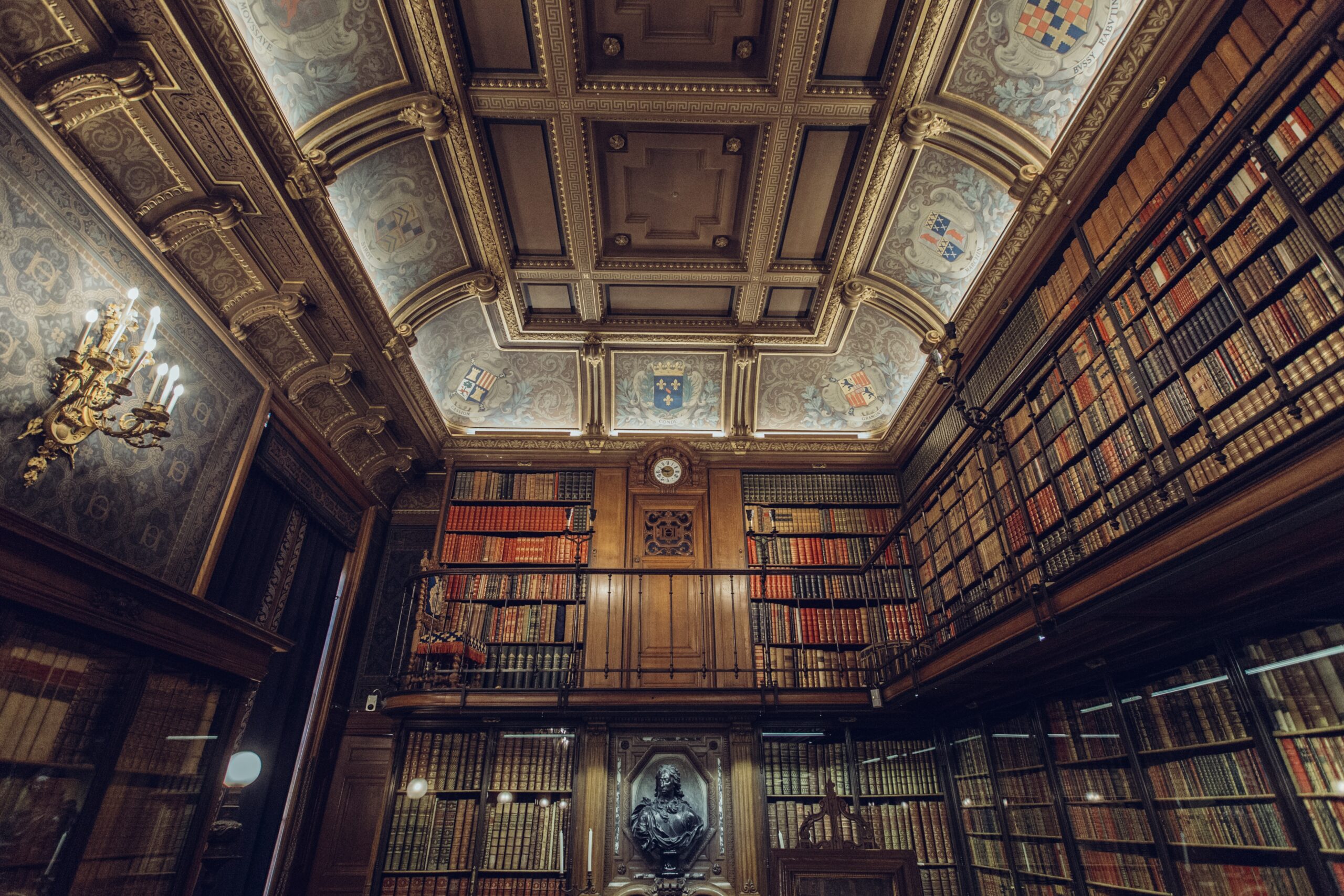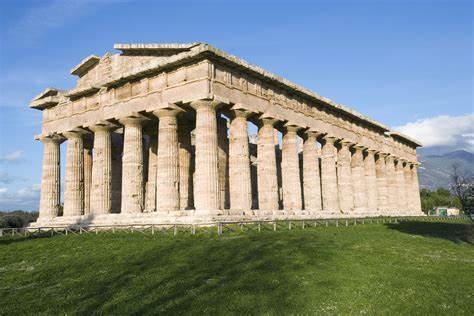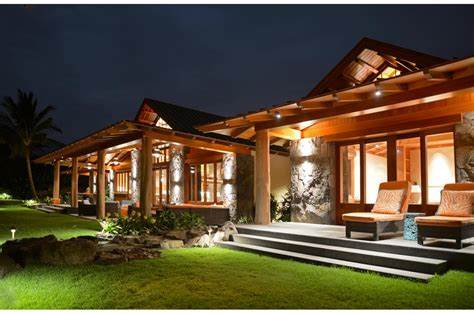When it comes to architecture, there are few styles that are as significant and distinct as baroque architecture vs renaissance. While both styles originated in Europe and share some common elements, they differ greatly in their approach to design and execution.
In this article, we will explore the key differences between baroque architecture examples and renaissance architecture, focusing on their distinctive styles and historical significance. Whether you’re a history buff, an architecture enthusiast, or simply curious about the evolution of design, this article is for you.
If you’re wondering how baroque architecture vs renaissance styles differ, we will shed light on this topic and discuss the key characteristics and influences that shaped these architectural movements. Join us on this journey as we explore the fascinating world of baroque and renaissance architecture.
So, let’s dive in and discover the beauty and complexity of these two historic styles!
But first, let’s take a closer look at their historical significance and importance in shaping the architecture of Europe.
Ready? Let’s go!
Contents
Baroque Architecture: Characteristics and Examples
Baroque architecture is known for its intricate details and grandeur. Its style is characterized by the use of ornate decorations, bold colors, and dramatic forms. Baroque architecture emerged in the 17th century and spread throughout Europe.
French Baroque Architecture
One of the most notable examples of french baroque architecture is the Palace of Versailles, built in the late 17th century. The palace is decorated with intricate sculptures and adorned with gilded details. The Hall of Mirrors, in particular, showcases the elaborate style of French Baroque architecture.
Spanish Baroque Architecture
The Cathedral of Santiago de Compostela, located in northern Spain, is an example of spanish baroque architecture. The ornate façade of the cathedral is decorated with sculptures and reliefs, and the interior features intricate artwork and designs.
Other notable examples of Baroque architecture include the St. Peter’s Basilica in Rome, Italy, and the Zwinger Palace in Dresden, Germany.
Renaissance Architecture: Features and Influences
Renaissance architecture is characterized by a focus on symmetry, proportion, and geometry. Buildings in this style often include columns, domes, arches, and other classical elements inspired by ancient Roman and Greek architecture. Renaissance architects emphasized the use of mathematical and scientific principles in their designs, striving for harmony between form and function.
The development of Renaissance architecture was influenced by a range of factors, including the rediscovery of classical texts and ideas, as well as advances in art, science, and technology. Humanism, a philosophical and cultural movement that emphasized the value of human reason and individuality, also played a significant role in shaping Renaissance architecture.
The impact of Renaissance architecture on the art and culture of the time cannot be overstated. It represented a significant departure from the dark, heavy styles of the Middle Ages and ushered in a new era of light, airy structures that celebrated the human form and spirit. Renaissance architecture helped to create a sense of cultural unity and pride, and its influence can be seen in the design of countless buildings and structures around the world.
Overall, the historical significance of Renaissance architecture lies in its role in the cultural and artistic development of Europe during the 15th and 16th centuries. Its focus on balance, harmony, and classical-inspired elements continues to inspire architects and designers around the world today.



